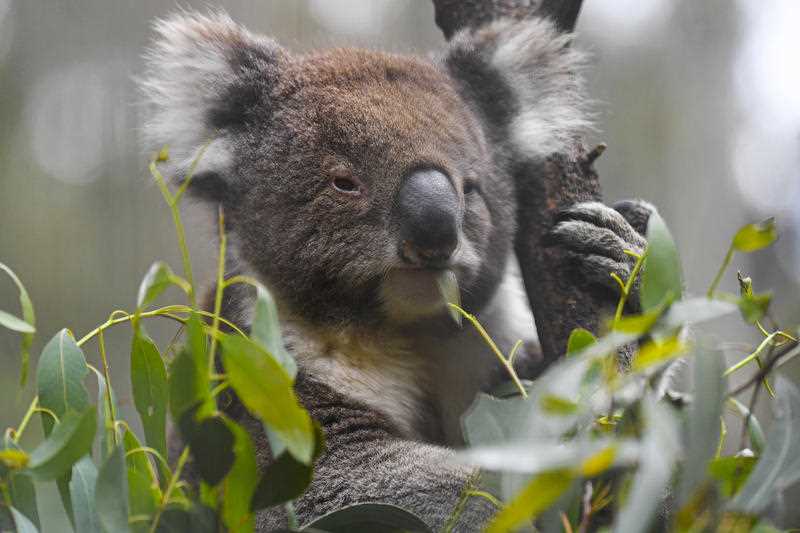One of Australia’s most iconic native animals is at risk of being functionally extinct and urgent government action is needed, wildlife experts claim.
Over the past two decades, koala populations have nearly halved because of urban expansion, loss of habitat, disease and climate change, and experts believe they remain under threat.
“I think there is a risk of extinction,” said Central Queensland University’s koala ecologist Dr Rolf Schlagloth.
“The time frame is pretty difficult to determine. The biggest threat has always been and still is the loss and the fragmentation of habitat. We are still losing more habitat every year, and in some states it’s worse than others.”
Exact koala population figures are largely unknown because of the 2019-20 bushfires, but government estimates show in 2001 there were roughly 184,748 koalas in Queensland, NSW and the ACT.
By 2021 this figure had dropped to about 92,184.
It is estimated there are about 450,000 koalas in Victoria, but this figure is often disputed.
Deborah Tabart, OAM, chair of the Australian Koala Foundation, has called on Federal Environment Minister Tanya Plibersek to implement a moratorium on critical koala habitats in NSW, Queensland and ACT ahead of Save the Koala Day on Friday.
“Do I think the koala could leave this planet? Absolutely,” Ms Tabart said.
“Do I think that if we acted now and stopped cutting down the trees that they could recover? Yes I do. But I don’t think the new minister has anywhere near the urgency that she needs, and that’s why I’m calling for a moratorium on habitats that are essential for breeding populations.”
In February, the conservation status of koala populations in Queensland, NSW and the ACT changed from “vulnerable” to “endangered” under the Environment Protection and Biodiversity Conservation Act 1999 (EPBC Act).
Koala populations in Victoria and South Australia are not listed under the EPBC Act because numbers are considered to be generally stable.
The primary threat to koalas is habitat loss due to urban development, according to the Queensland government.
“Disease also threatens koalas. Loss of habitat, including loss of food and shelter, is a major stress for koalas. During times of stress, koalas are prone to outbreaks of the disease chlamydia,” the Department of Environment and Science states on its website.
Ms Tabart accused the government of failing to intervene in order to protect the plantation logging industry. However, a departmental spokesman said it was committed to the protection and recovery of threatened koala populations in Queensland, New South Wales and the ACT.
“We are investing in research and practical, on-ground actions to support koala recovery, in collaboration with all levels of government, NGOs, universities, wildlife experts and the community,” the spokesman said.
“In addition to increased legislative protection, a national recovery plan for the threatened koala populations was released earlier this year, setting a clear pathway for investment and action to support the recovery of the species.”
More than $70 million in federal funding is being invested in koala conservation.



